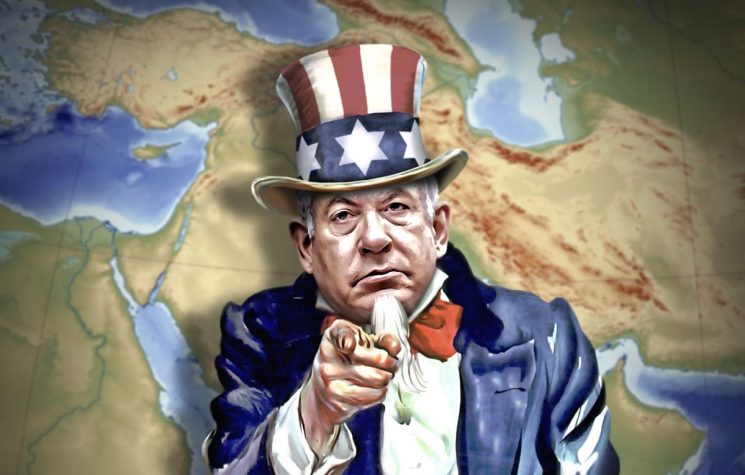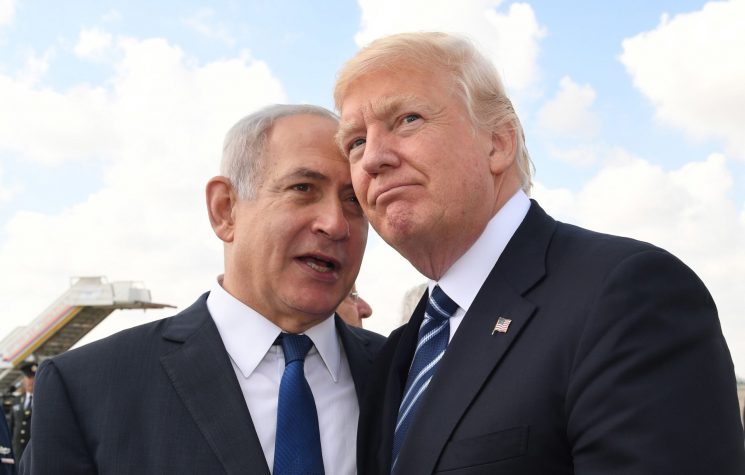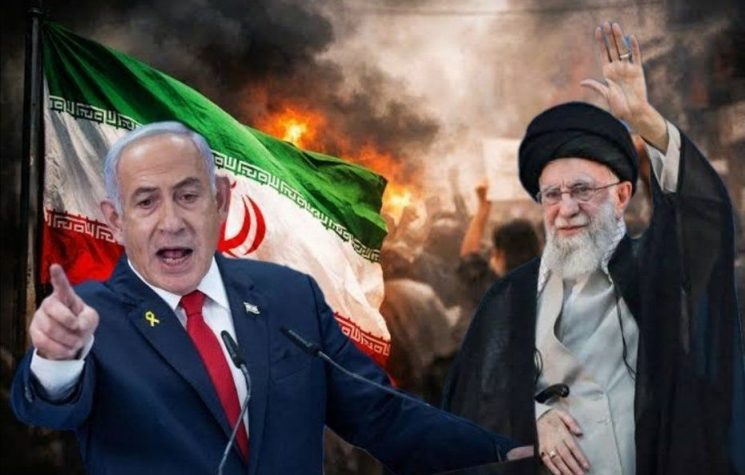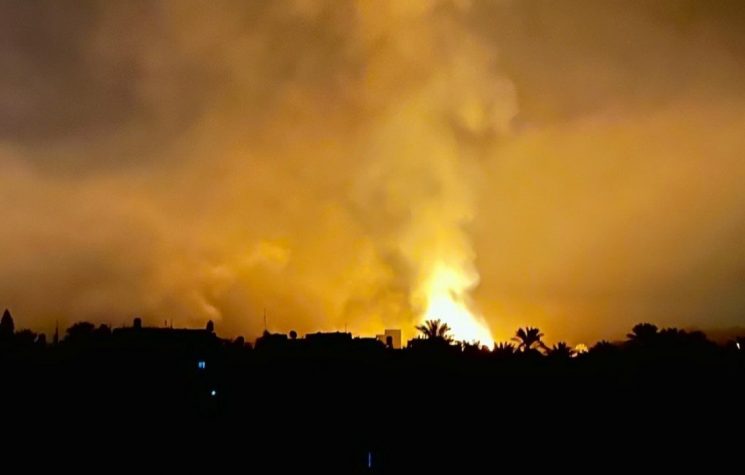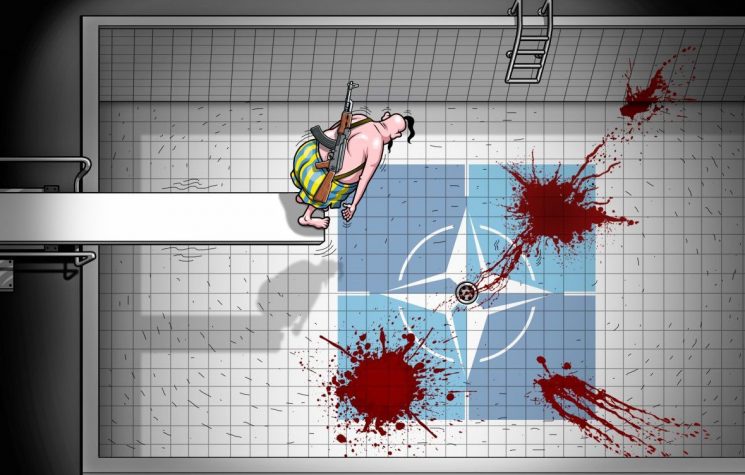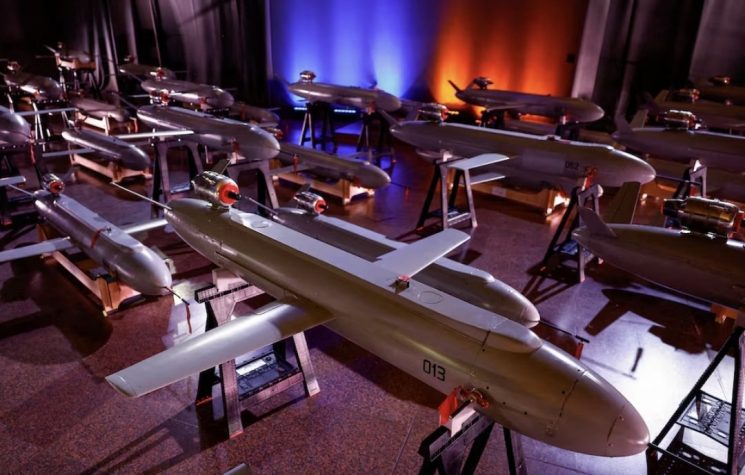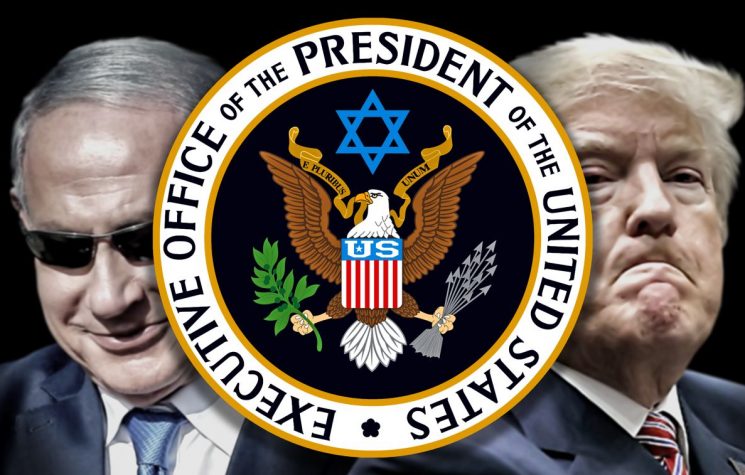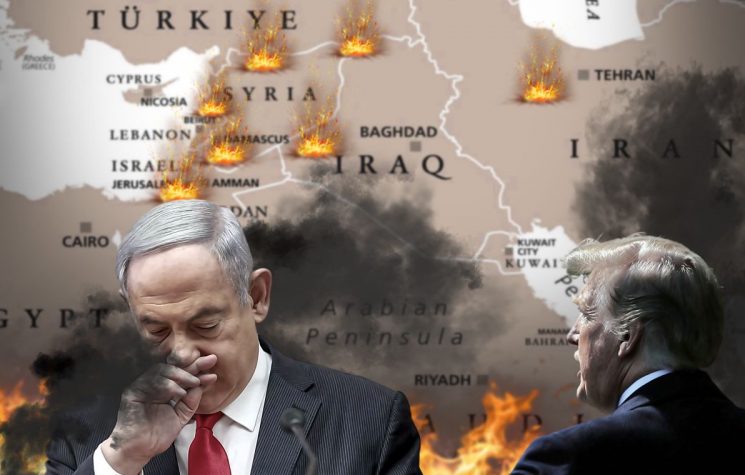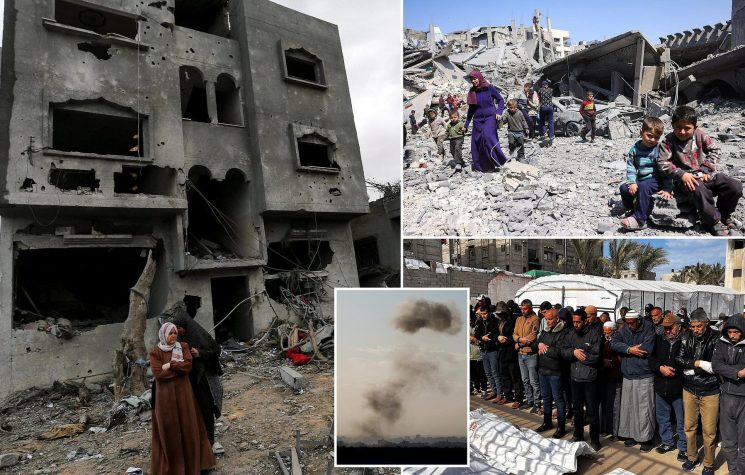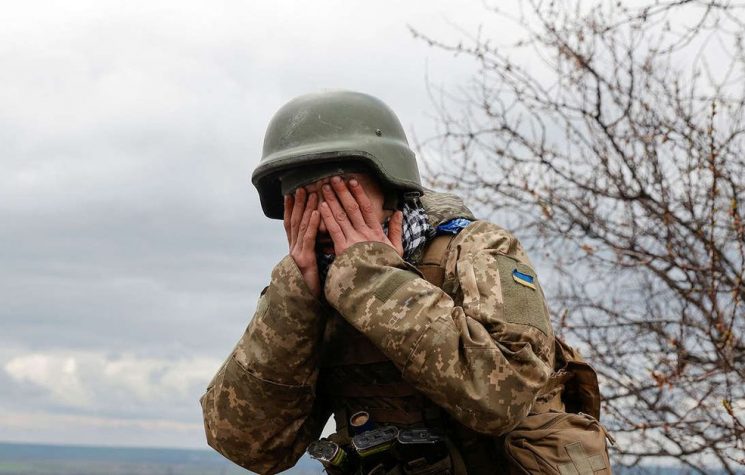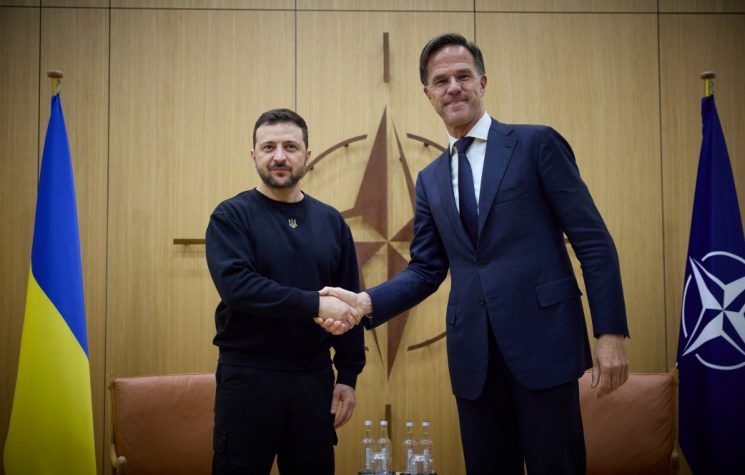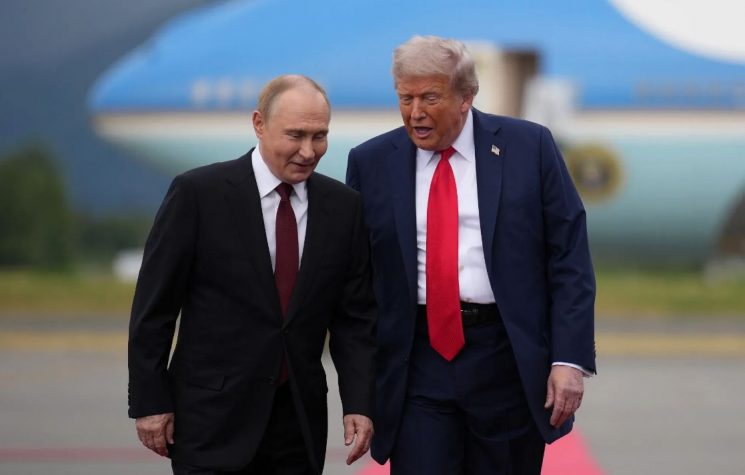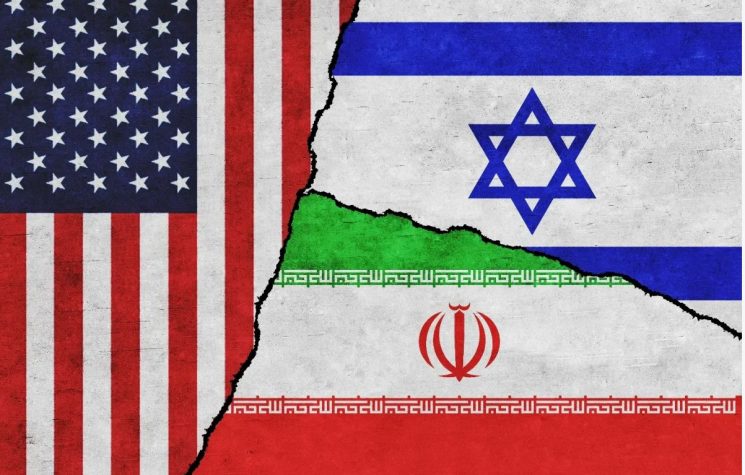It has become abundantly clear that achieving long-term stability in the Middle East requires solving the Palestinian issue and ensuring the normalization of relations between Israel and the Arab nations.
❗️Join us on Telegram![]() , Twitter
, Twitter![]() , and VK
, and VK![]() .
.
Contact us: info@strategic-culture.su
Israeli Prime Minister Benjamin Netanyahu bowed to pressure from some of his own generals and political allies to attack Iran after Iran’s massive bombardment of Israel, which ended with no causalities or damages. The Israeli military claimed 99% of the projectiles were brought down.
But, ultranationalist Security Minister Itamar Ben Gvir described the Israeli strike on Iran as “feeble” or “lame”.
Israel has come under huge international pressure from the U.S. and other Western allies not to take any action which risks turning the long-running proxy war between Israel and Iran into a direct conflict.
Israel started this latest cycle of violence after a striking the Iranian consulate in Damascus on April 1, which killed six Iranian officials and six Syrian civilians who were passersby.
The October 7th attack on Israel by Hamas set the region on edge, met by the Israel revenge attack which has now killed almost 34,000 Palestinians in Gaza, mainly women and children.
The war in Gaza is six months old, and with no end in sight. Israel and Hezbollah in Lebanon trade almost daily strikes on each other. The Houthis in Yemen have captured or hit ships connected to Israel in the Red Sea as a sign of their support for the Palestinians.
The fear is that the Middle East is on the brink of an all-out war, with global as well as regional dangers.
The root cause of all these incidents and violence in the region is the ongoing occupation of Palestine. The people of Gaza and the West Bank live lies of oppression, and now genocide in Gaza. They are deprived of all human rights, while their Jewish neighbors live a modern lifestyle condoned and supported by the democratic western nations.
Steven Sahiounie of MidEastDiscourse asked Suat Delgen, a former Turkish naval warfare officer-turned-defense analyst with extensive NATO, EU, maritime security, emerging technologies, and West Asia expertise for his analysis on the Iran-Israel conflict now playing out before our eyes.
On October 7, 2023, Israel initiated a large-scale military operation against Gaza following a Hamas attack on Israeli territory, resulting in the deaths of over 30,000 people, mostly innocent women and children. This action escalated reactions against Israel not only in the Middle East but also globally. The U.S., by providing military support to Israel and vetoing United Nations Security Council draft resolutions for a ceasefire in Gaza, has faced increased backlash, particularly within the Arab community.
While opposition to the U.S. and Israel has surged, the Iranian-backed Houthis in Yemen have intensified their military engagements. They employed cruise missiles and kamikaze drones to attack ships traveling to Israeli ports via the Bab al-Mandeb Strait, aiming to enforce a ceasefire in Gaza. Additionally, Iranian-backed factions in countries such as Iraq and Lebanon openly opposed what they described as genocide in Gaza, thereby enhancing Iran’s reputation across the Middle East, even among Sunni populations.
In response to the growing influence of Iran and the public support it garnered through its anti-Israel stance, Israel targeted the Iranian consulate in Syria with an airstrike on April 1, in violation of the Vienna Treaties. This attack resulted in the deaths of several officers, including the general responsible for overseeing the Iranian Revolutionary Guards’ operations in the Middle East. Notably, Israel did not coordinate this attack with the U.S., informing it merely moments before the operation, thereby placing the U.S. in a challenging political situation. Essentially, the U.S. found itself compelled to support every decision made by the Netanyahu administration, compromising its strategic objectives.
On April 14, in a retaliatory move, Iran launched more than 300 kamikaze drones, ballistic missiles, and cruise missiles targeting Israeli territory. This development subsequently strengthened the U.S.’s political and military stance against Israel. Prior to this attack, Iran engaged in extensive diplomatic negotiations with the U.S. through intermediaries in third countries, indicating that Iran’s primary military goal was not merely to inflict significant damage on Israel from its territory. Furthermore, Iran is aware that it is also detrimental to its interests for the U.S. to feel compelled to support Israel unconditionally. Hence, it is in Iran’s interest for the U.S. to act as independently as possible in its Middle East policy. The fact that Iran had sufficiently informed the U.S. in advance of its retaliatory action and that Israel’s territory was protected with military assistance from the U.S. and Britain underscores Israel’s military dependency on the U.S. Consequently, a massive air attack on Israel by Iran cannot be repelled without U.S. assistance, indicating that Israel will no longer be able to act unilaterally in the Middle East without U.S. approval.
Iran’s April 14 attack might also accelerate the normalization process between Saudi Arabia and Israel. With military relations between Russia and Iran strengthening, and Iran’s ability to transfer military technology from Russia enhancing its offensive capabilities, Saudi Arabia may be compelled to develop its own defense industry and increase its military production capacity. A cooperation between Israel and Saudi Arabia, mediated by the U.S., could be established following their normalization. It has become abundantly clear that achieving long-term stability in the Middle East requires solving the Palestinian issue and ensuring the normalization of relations between Israel and the Arab nations. The conditions emerging post-Iran’s attacks on April 14 are likely to prompt the U.S. to adopt bolder strategies in this context.











